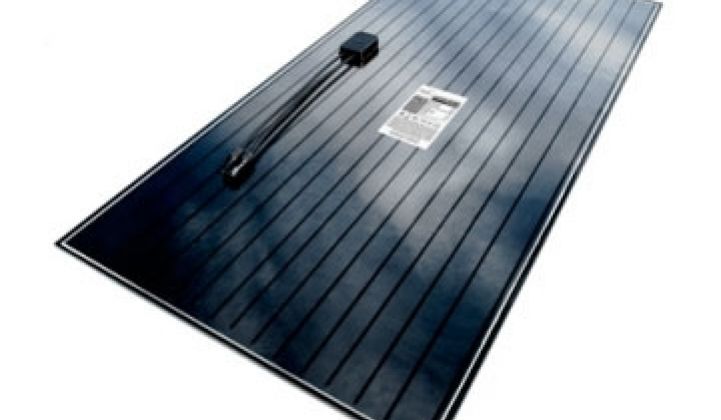I spoke with Tom Tiller, Abound Solar's CEO, a few months ago. He expressed optimism for the future of the VC- and DOE-enabled cadmium telluride solar startup. That was shortly before he left his CEO post because of what he said were "unexpected issues in our family." (Rumors of Tiller forming a DOE loan assistance consultancy with Brian Harrison and Jonathan Silver are not true.) Tiller will remain as Chairman and was replaced at CEO by Craig Witsoe, an experienced executive.
I spoke with Russ Kanjorski, VP of Marketing at the Colorado-based Abound Solar, at the Intersolar show in San Francisco in July about the trajectory of his firm. Kanjorski was sanguine about Abound's technology and manufacturing ramp. Kanjorski has since jumped ship to early-stage Concentrated PV firm Semprius.
Last month at the Solar Power International show in Dallas, Texas I spoke with Julian Hawkins, Senior VP at Abound Solar. Hawkins was enthusiastic about Abound's prospects -- but not enthusiastic enough to keep him from joining the precariously functioning Energy Conversion Devices as CEO. Energy Conversion Devices (Nasdaq:ENER) is a long-struggling supplier of flexible amorphous silicon (a-Si) photovoltaic laminates, with a deflated stock price amidst a "Restructuring Plan" and recent suspension of its manufacturing operations. It is difficult to envision ECD surviving much longer as an independent public entity.
Why would these executives leave the relatively comfortable confines of Abound to join much more uncertain situations? And in Hawkins' case, to get dropped onto the deck of the Titanic? Perhaps the lure of the CEO position is so strong as to make one willing to accept a suicide mission for one's first post.
Maybe it's me. Perhaps the sheer load of bad attitude that I bring to these interviews forces executives to join firms like ECD and Semprius.
Or perhaps these executives have read the writing on the wall and want to get out of Abound before it becomes another Solyndra and attracts the attention of Fox News and the Tea Party. Recipients of (Beacon Power) and even applicants (Next Autoworks) for DOE loans have had a run of bad luck lately.
I've reached out to my contacts in low places at Abound and await their response. I've also contacted a few of Abound's investors, but don't expect a straight story from those stakeholders. Employees at Abound can reach me at [email protected].
Abound has drawn down much of its $400 million DOE loan guarantee only $70 million of its $400 million loan guarantee in order to fund its factory buildout. Abound builds 2-foot-by-4-foot CdTe PV panels, as does General Electric, inspired by the dimensions of First Solar's panels. Within the CdTe materials systems, there's no standard process. First Solar uses a Vapor Transport Deposition (VTD) process, while Abound Solar and PrimeStar/GE use a Close Space Sublimation (CSS) process for CdTe manufacturing. We've reported on a CdTe aspirant using an electroplating process.
Abound shipped 25 megawatts in 2010 and expects to ship approximately 50 megawatts in 2011. The Colorado factory could be at its full 180-megawatt capacity in 2012 with expectations of sub-$1.00-per-watt costs at that time, according to ex-employees at Abound. That's not First Solar cost territory, but ex-employee Kanjorski suggested that they are "already beating most of the crystalline silicon vendors" on cost and that "the key thing now is to grow."
The success of the CASM trade claim might be a boon to Abound, keeping Chinese panels from being sold at allegedly below-cost prices in the U.S. Without the allegedly illegally priced panels in the market, Abound still has to contend with thin film leader First Solar. First Solar's 87-watt CdTe panels have an 11.7 percent conversion efficiency and a cost of $0.74 per watt with expectations of reaching the mid-$0.60 range in 2012.



